“Blur won the battle, Oasis won the war”: How the Oasis vs Blur chart battle marked Britpop's cultural peak, and the beginning of its end
1995’s chart battle between Oasis and Blur cemented the two bands as Britpop’s warring kings, but creatively, the movement was unravelling
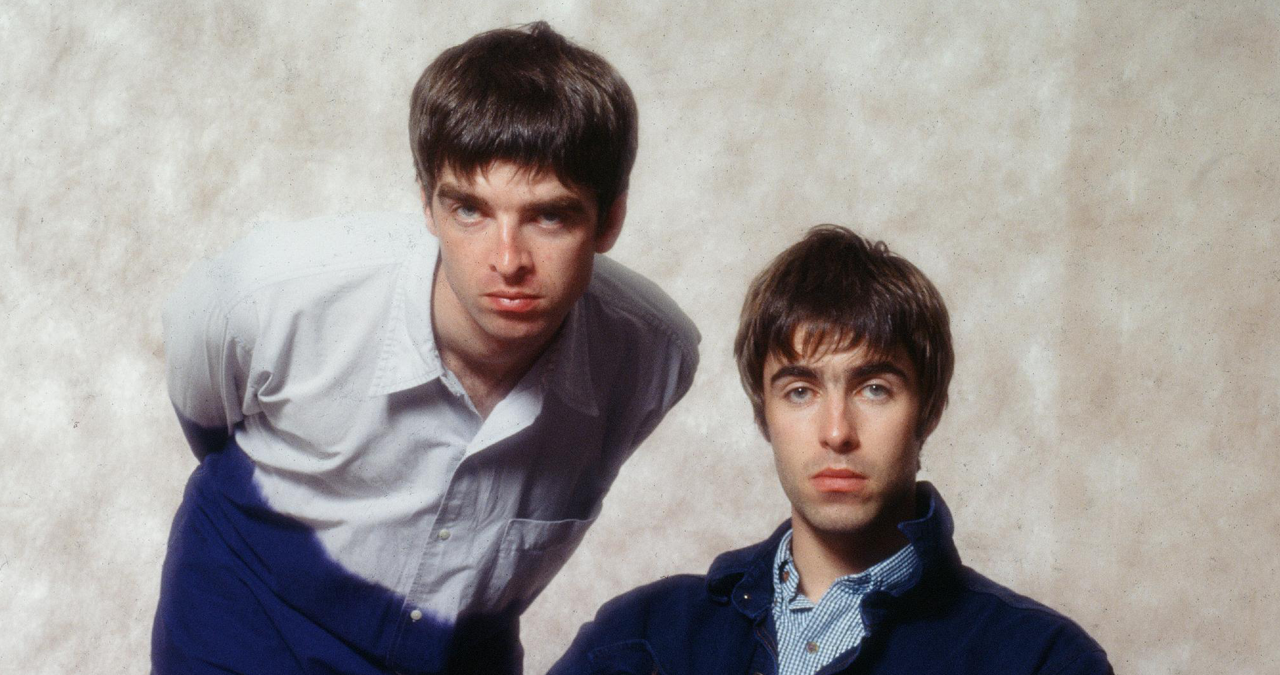
This week, after 16 years of bitter feuding, the Gallagher brothers finally buried that sodden hatchet and embarked on what was once widely held as a fanciful idea - the Oasis comeback tour. The band, fronted by eternally volatile brothers Noel and Liam Gallagher strode on-stage together at Cardiff’s Principality Stadium, presenting a united front once again. But will this reconciliation last beyond the upcoming dates?
You’ll have to watch this space to see just how long-term this reunification ends up being, but 30 years ago, the Gallaghers’ arch-antagonists were Blur. The Essex-originating four-piece who’d catapulted themselves into the public consciousness by dent of their zeitgeist-capturing 1994 record Parklife.
Having jettisoned a once baggy-inspired, groove-based sound in favour of a Ray Davies meets Chas & Dave by way of Pavement musical aesthetic, Blur's Parklife-era satirised and caricatured the everyday British experience.
From the mid-life crises of civil servants, escaping the city for the seaside, to aimless cavorting atop the White Cliffs of Dover, to the reassuring lull of the shipping forecast, Parklife's romantic vision of Britain's shores was as exaggerated as its more acerbic dimension.
Tracks like the Phil Daniels-guesting title song lampooned British cliches, and the techno-aping Girls and Boys, pointedly mocked the throngs of youngsters searching for drugs, sex and debauchery on distant isles.
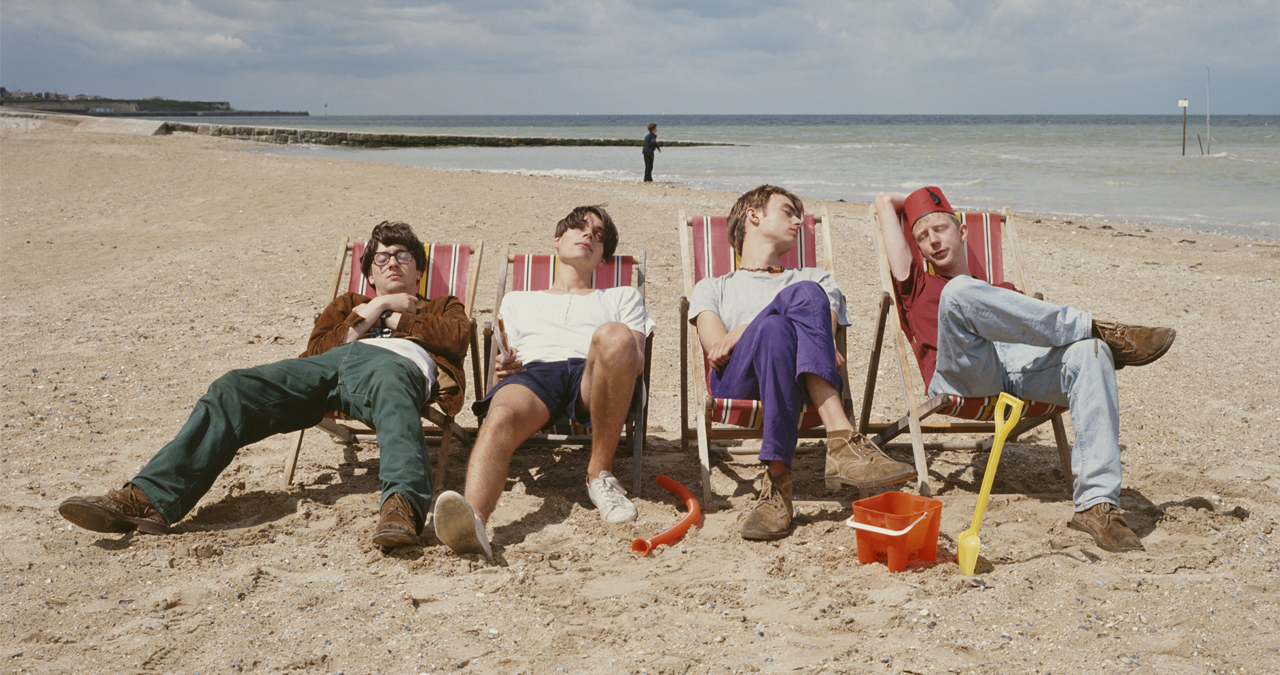
Prefigured by the previous year’s Modern Life is Rubbish, the 1994 incarnation of Blur found lyricist and vocalist Damon Albarn, and bandmates Alex James, Graham Coxon and Dave Rowntree consciously hitching a ride on the Britpop train.
It was a train for which the Manchester-hailing Oasis had established themselves as the proverbial locomotive, on the back of the phenomenal success of their impactful debut album, Definitely Maybe - a record that became the fastest-selling debut in British chart history.
Manifesting itself as a concept only a mere two years prior, ‘Britpop’ - a term coined by journalist Stuart Maconie - had rapidly evolved from its initial, more nuanced form into something far more populist.
Want all the hottest music and gear news, reviews, deals, features and more, direct to your inbox? Sign up here.
It was the glam-rock leaning Suede’s 1992 single The Drowners (and their Mercury Award-winning, huge-selling debut album) who had all but launched the idea of a British guitar-based response to American rock’s then-hegemony.
The giddy British music press trumpeted the Brett Anderson-fronted group as the saviours of a British rock tradition that had fallen from public favour in the wake of 80s stadium-pop dominance, coupled with Nirvana’s foundational place in the minds of Gen-X. There was also the increasing allure of dance music and rave culture to contend with.
British guitar bands were back - but Suede's version of Britpop wasn't quite the mould that the public at large would embrace.
‘Yanks Go Home’ read the cover of Select Magazine in April 1993, with Suede’s Brett Anderson framed as the central figurehead of a new anglocentric movement (backed by the image of a Union Jack) that suddenly co-opted many other similar, homegrown artists, including Pulp, The Auteurs and St Etienne into a media-conceived rebellion.
Though these earlier successes won them plaudits, Suede’s more esoteric bent - particularly on 1994’s spellbinding but emotionally complex Dog Man Star - didn’t hold much water with the mainstream. The Britpop floodgates, however, had been opened, and a raft of bands vied to be the nascent movement's figureheads.
“The initial vision for Britpop that Suede had was akin to a Mike Leigh film, I think it was hijacked by a number of crap bands who turned it into a Carry On film”, Brett Anderson later remarked in the BBC’s 2005 documentary series Girls and Boys: Sex and British Pop.
While Blur’s take on British social commentary gravitated towards a parodic, slightly whimsical distortion, Oasis’ lyrical and thematic drive was propelled by a grounded sense of urgent unification and empowerment.
Definitely Maybe rippled with headstrong self-actualisation. The Gallagher brothers had made themselves rock gods through sheer strength of will, and, in reaching and attaining the impossible, invited others to share in the spoils via their music.
Oasis were communal, relatable, assertive - and proudly working class. Their often capricious personas' invasion into the mainstream of the British music scene was, for some, as giddily exciting as their music. Not since the Sex Pistols had a chart-angled band been so bluntly provocative.
This was a chief division between Oasis’ purebred authenticity and the stylised affectations of Blur, both of whom were grappling to shape the spirit of Britpop in their particular image.
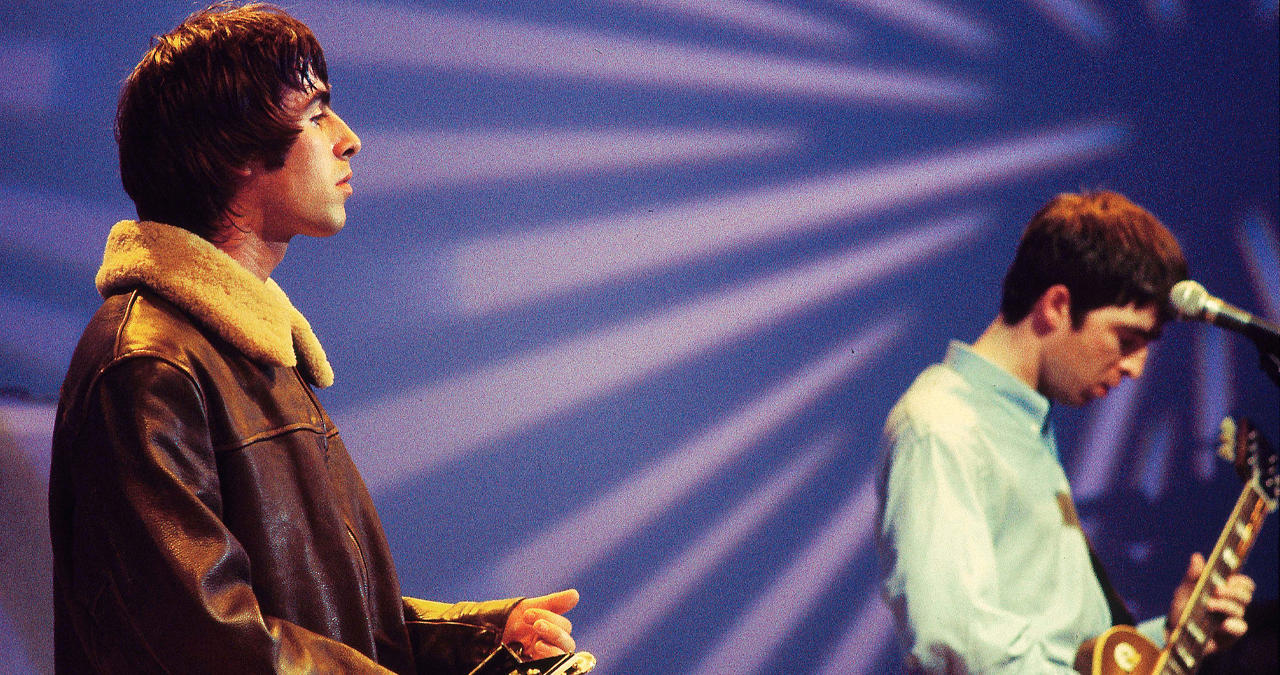
“[For Blur] Dog-racing became a signifier, for some kind of bizzare sense of authenticity, and then football enters the frame,” stated music and political journalist John Harris in the BBC’s 2005 documentary Girls and Boys: Sex and British Pop. Harris also equated Damon Albarn’s newfound penchant for tracksuits as akin to David Bowie’s Ziggy Stardust persona - a manufactured conceit.
The tussle for dominance was regularly trumpeted within the pages of the ever-eager British music press.
But Blur gained strong ground by sweeping the high-profile Brit Awards in February 1995 on the heels of Parklife. Oasis' preeminence was under threat.
The decisive clash came later in the year when both bands released singles on the same week - angling to make the ultimate public statement.
It was the equivalent of a duel to the death in the town square.
Whatever the outcome, it would be great press for both bands, yet what would become know as the ‘Battle of Britpop’ was far from a coordinated affair.
Oasis and label Creation Records, had planned to release Roll With It, the second, rather derivative single from their upcoming (juggernaut) second record (What's the Story) Morning Glory? on August 14th 1995.
“It's about f**k all. It's just a simple rock 'n' roll tune,” stated Noel in the NME.
But with a keen eye on the potential press attention a chart battle could provide, Blur’s management, Food Records decided to bring the release of Country House - originally slated to be released on August 21st - forward to drop the same day as Oasis' single.
Blur’s offering was a lightweight, comic strip in song-form which took swipe at the band’s former manager Dave Balfe, and the clamouring for the facade of wealth intrinsic in the socially-mobile psychology of the mid-1990s.
Balfe had recently moved from the city to the country (and a lavish country house) after parting ways with the band’s label, Food Records.
Its none-too serious tone was underlined by its iconic Damien Hurst-directed video which featured the band galavanting around with adult model Jo Guest and an assortment of models from ‘lad’ magazine, Loaded.
They were pursued, Benny Hill-like, by comedian Matt Lucas, with actor and comedian Keith Allen portraying the country house-owner. It was, in a word, daft.
Its frivolous energy was a conscious nod back to bawdy British postcard humour, and the high camp of the Carry On movies.
Neither song was anywhere near either band’s finest moment, yet these cuts were being primed to be the heavy ordinance in a conflict that would mark the peak of public engagement with Britpop.
It was also the moment at which, for both bands, the energy that had built up to this point begun to wane.
Noel Gallagher’s recollection was that, for about a week prior to the chart battle, Oasis and their team where wholly disinterested in any public contest.
“That whole part of the Britpop thing was so unnecessary,” Noel Gallagher recalled to Dermot O’Leary on the BBC’s Reel Stories. “[Roll With It] was going to be our single from the record, some people rang from Creation and said ‘Blur are putting a single out on that day too’, so I was like, ‘oh right’.” Noel recalled that Oasis decided to tactically put the single release back a week to avoid any actual chart conflict. “Then they called up [again] and said, ‘they’ve put theirs back a week now’, so i was like ‘oooh…’’”
Noel was incensed. “If anyone starts a fight with me, it’s f****g on”.
Albarn was keen on whipping up the drama - and the resulting press attention - that a high-profile chart contest could generate. In an interview with Susanna Howe, he remarked “England is obsessed with pop music and those sort of things matter. Those things really do matter if you’re that sort of pop oriented. It matters who’s on top.”
On the morning of Monday August 14th the singles appeared on shelves, record shop doors opened - and the battle began.
The narrative quickly grew into a bigger affair than merely a matter for the pages of the music press, spilling over into mainsteam discourse and even Britain’s evening news bulletins.
For some, the chart race was tantamount to a class war. It was also seen by some commentators as a new frontier in the cultural conflict between the north (Oasis) and south (Blur).
“Two of Britain’s most popular pop groups have begun the biggest chart war in 30 years,” read BBC News’s John Humphrys on the night of August 14th 1995. “The Manchester band Oasis and their arch-rivals Blur release new singles today. The music industry hasn’t seen anything like it since the Beatles fought it out with the Rolling Stones in the sixties."
In the eyes of their devotees, and many in the media, Oasis, had become a proxy for the common man. They were the authentic, braggadocios, self-actualised (but unreconstructed) champions of the people, squaring up against middle-class intellectuals Blur, who - some might say - were wryly looking down upon the denizens of mid-90s Britain.
In the Oasis camp, some viewed Blur as finely treading a line between buoyant whimsy and outright contempt.
For the class-obsessed Britain, it was inevitable that Britpop would eventually divide itself among these all-too-familiar lines once it attained cultural mass.
“On the one hand, you have Blur, the sensitive art school popsters, slipping references to French authors into their songs… on the other, you have Oasis, hard-drinking lads who boast about drug-taking, and seem to spend just as much time fighting as writing,” wrote York Membery of the Daily Express newspaper (as quoted in John Harris’ superb Britpop tome, The Last Party. “It’s not just a conflict of attitude, image and style. It’s a conflict of ‘pitbull v poodle, squat v mansion and armpit v deodorant’ to quote one wit.”
As a week dizzy with journalistic hyperbole and almost football-team level competitiveness between fans, neared its end, the sales figures were too close to call.
Yet Blur’s label had an ace up their sleeve.
At that point, the British chart allowed individual singles to be released on three formats - and Blur shrewdly peppered a pair of CD releases with unreleased tracks and all-new B-sides, hoping their (pre-internet, we should stress) fans would ostensibly pick up the single twice to get their hands on as much new material they could.
There was also a cassette release, a format then in rapid decline, but still popular with music fans on a budget.
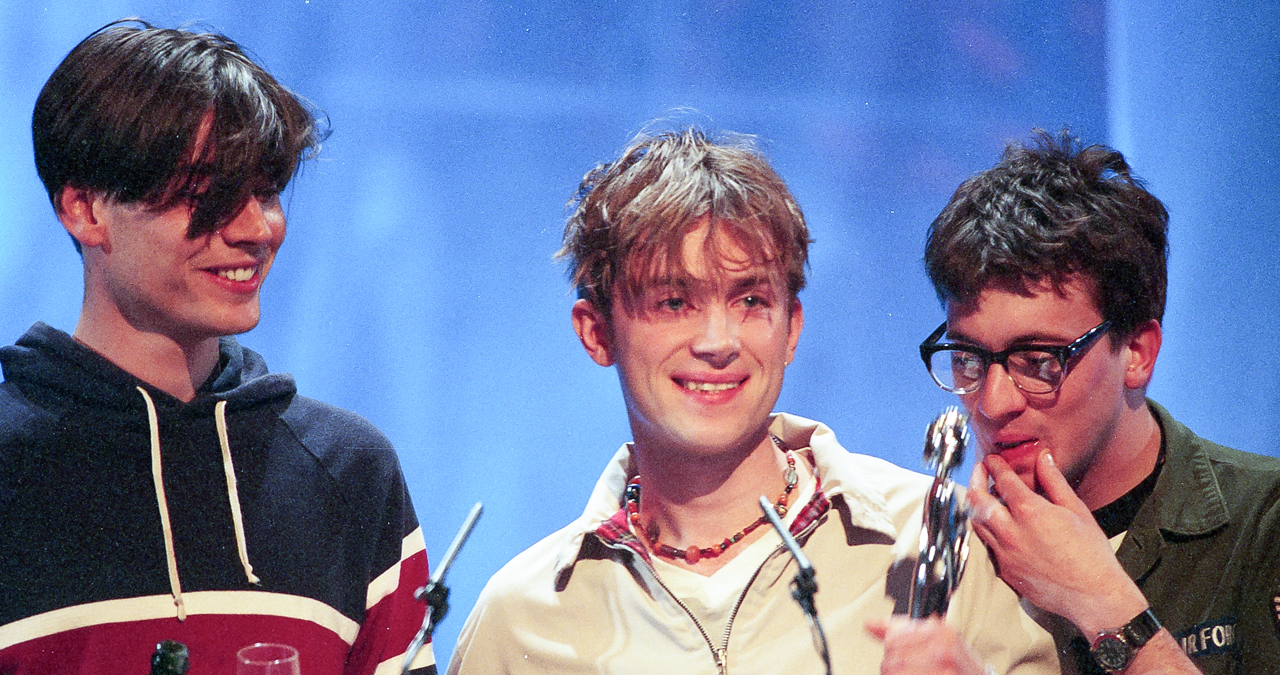
The more trad indie team at Creation Records meanwhile released Roll With It on one CD, with an accompanying 7 and 12-inch vinyl.
The problem was, for most of the young single-buying public, the vinyl format was then viewed as a throwback to the previous generation's musical universe, as opposed to the revered artefacts that they're perceived as today.
It was a critical blunder, and the records remained on shelves.
This shrewd calculation from the Blur-side undoubtedly helped sales of Country House along.
Though the bookies had favoured Oasis (and radio had preferred spinning Roll With It over Country House), the news finally broke at midday Sunday 20th August that Blur had outsold Oasis by 274,000 copies to 216,000.
Blur's triumphant, victory lap performance on Top of the Pops saw bassist Alex James resplendent in Oasis T-shirt - a clear signifier that the tide had turned in Blur's favour.
While initially, the victory was sweet for Albarn, the Country House win would prove a double-edged sword.
It solidified a general unserious perception of Blur in the public consciousness, and led the other members of the band to become increasingly dissatisfied with the cartoonish dead-end they'd found themselves in.
Graham Coxon in particular resented the slapstick antics crystallised in Country House and the surrounding media circus of the Oasis chart battle. “I went into a state of shock and I don’t think I’ve got out of it. It’s a circle of freaks and I don’t want to be involved,” Coxon told the NME’s Keith Cameron shortly after the chart fight.
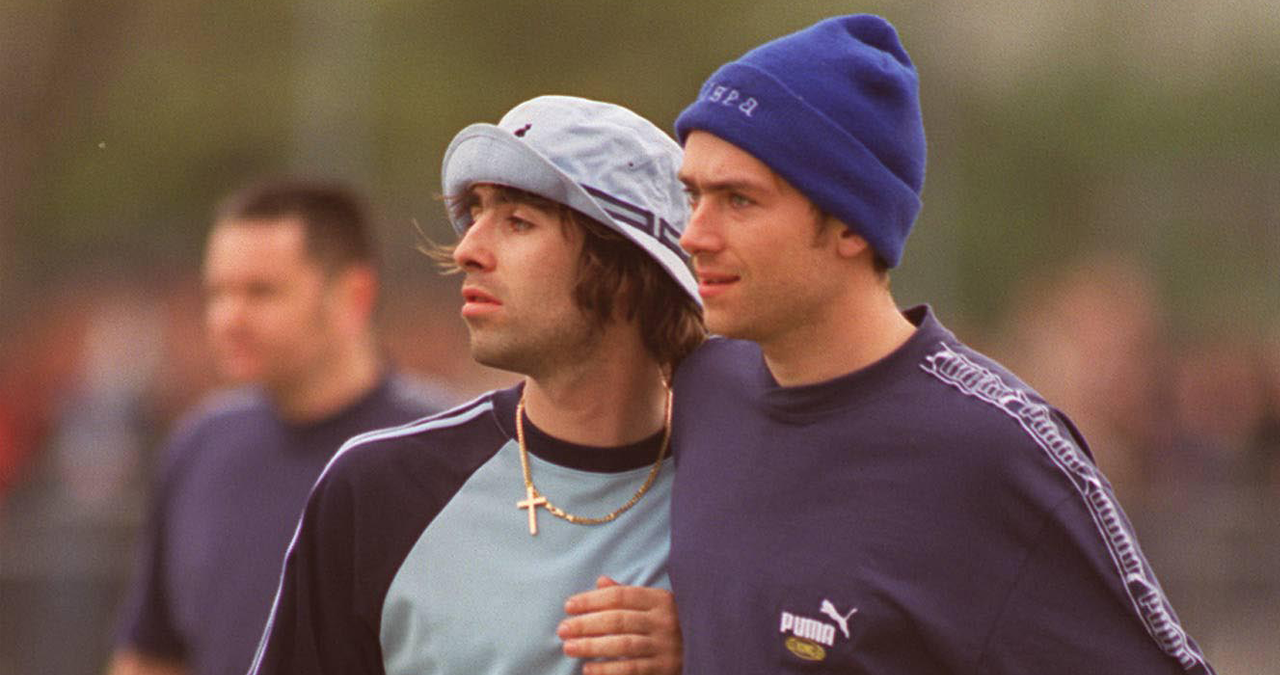
A twin salvo of nuclear-level responses to Blur’s chart win from Oasis would inarguably prove the Mancunians as Britpop’s ultimate conquerers. At least as far as the wider public were concerned.
The success of Oasis second, international crossover, album (What's the Story) Morning Glory? and the following summer's epoch making Knebworth shows were seismic achievements.
But Oasis too were becoming plagued with a declining creative energy, and 1997’s Be Here Now was stunningly lacklustre - the result of overconfidence, and an increased drug intake.
Despite a few reminders of their former glory peppering subsequent records, Oasis' cultural potency and creative prime was vanishing behind them fast.
“[After Knebworth] we should have disappeared into a puff of smoke,” Noel stated at the culmination of documentary film Supersonic. “It was my idea to keep going, I keep on fishing for it. I’m an addict. That’s what s**t-kickers do, they ride it till the wheels come off.”
“Blur won the battle, Oasis won the war, then Blur went on to win the whole campaign,” proclaimed Blur’s Alex James in the Guardian years later. Perhaps referring to Blur’s latter creative rude health once they’d jettisoned Britpop for more musically complex ventures on records such as their self-titled 1997 record and the Graham Coxon-directed 13.
But that peculiar pop cultural moment in 1995 is often looked back upon with a mixture of embarrassment, or as a curious last gasp of hyper-popular British rock before the era of the internet and talent-show constructed pop idols begun dominating the chart.
Yet the feverish anticipation around the Oasis reunion tour, and the glut of praise that met Blur’s long-awaited ninth studio album, The Ballad of Darren in 2023, continues to remind that, for better and for worse, the central place both bands have in Britain’s musical heritage.
A few years on, Albarn regretted the ‘class war’ aspect of the conflict that he had a strong hand in stirring up. “‘It really kicked s**t out of me,” he told The Telegraph in 2001. “It seems ridiculous, looking back, but people would open windows and shout abuse. Shops, clubs, the whole thing. What's going on? It's very confusing! I still get it in the pub today.”

I'm Andy, the Music-Making Ed here at MusicRadar. My work explores both the inner-workings of how music is made, and frequently digs into the history and development of popular music.
Previously the editor of Computer Music, my career has included editing MusicTech magazine and website and writing about music-making and listening for titles such as NME, Classic Pop, Audio Media International, Guitar.com and Uncut.
When I'm not writing about music, I'm making it. I release tracks under the name ALP.
You must confirm your public display name before commenting
Please logout and then login again, you will then be prompted to enter your display name.


